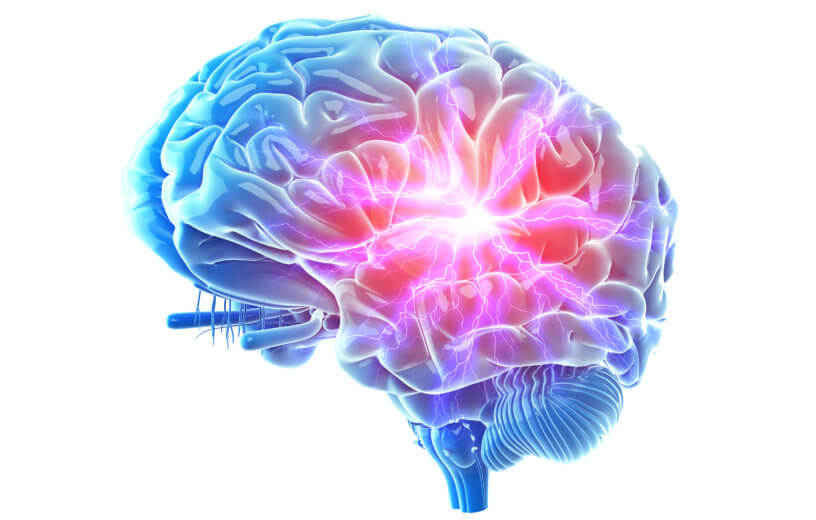DURHAM, N.C. — Feelings of pain are some of the most interesting sensations because everyone responds differently to the same painful stimulus. Some people are able to walk across a bed of hot coals with ease, while others will let out a howl as soon as the soles of their feet touch down. Researchers who study how pain is processed in the brain have been searching for a “pain center” in the brain, and made a stunning discovery in the process.
It turns out there is no center for feeling pain since many brain regions are involved in turning “on” painful sensations, but researchers from Duke University have identified a single area in the brain that can turn “off” such feelings.
“Most of the previous studies have focused on which regions are turned ON by pain,” says senior author Fan Wang, the Morris N. Broad Distinguished Professor of neurobiology in the School of Medicine, in a university release. “But there are so many regions processing pain, you’d have to turn them all off to stop pain. Whereas this one center can turn off the pain by itself.”
The current study follows-up on a 2019 research study from the same group of researchers. In their old study the researchers identified a group of neurons in the central amygdala that become active while under anesthesia. The amygdala is known as the “fear center” of the brain, and is responsible for “fight or flight” responses. Since anesthesia is used so people do not feel pain during surgical procedures, the researchers hypothesized that this group of neurons plays a key role in relieving pain.
Researchers used novel technology they developed to track the brain regions that receive inputs from the central amygdala when a mouse experiences a painful stimulus. They identified at least 16 brain regions that receive signals from the central amygdala in response to the physical and emotional aspects of pain. Instead of tending to each of these 16 regions to try and relieve the mouse of the pain it’s experiencing, researchers focused on the neurons in the central amygdala that send signals to these 16 regions.
“Pain is a complicated brain response,” Wang says. “It involves sensory discrimination, emotion, and autonomic (involuntary nervous system) responses. Treating pain by dampening all of these brain processes in many areas is very difficult to achieve. But activating a key node that naturally sends inhibitory signals to these pain-processing regions would be more robust.”
By activating the neurons in the central amygdala they find that mice do not respond to the painful stimulus like they normally do. Mice typically lick their paws or wipe their faces when they feel pain. When researchers used optogenetics — a technique that causes neurons to become active when light is shined on them — in the central amygdala, the mice immediately stopped these self-caring behaviors.
“It’s so drastic,” Wang says. “They just instantaneously stop licking and rubbing.”
Researchers also tested the mice to see what would happen if they reduced the activity of these neurons in the central amygdala. They find that the mice would start behaving the way they do when experiencing the painful stimulus. Researchers also find that the anesthetic drug ketamine activates these neurons in the central amygdala. It seems like these neurons might be a good target for pain-relieving drugs.
Wang says moving forward, the study team is going to search for drugs that activate these cells exclusively to suppress pain. “The other thing we’re trying to do is to (transcriptome) sequence the hell out of these cells.” They hope to identify the gene that gives these neurons this unique pain-relieving characteristic so that a very specific drug can activate these neurons and relieve pain.
The study is published in Nature Neuroscience.
Like studies? Follow us on Facebook!
